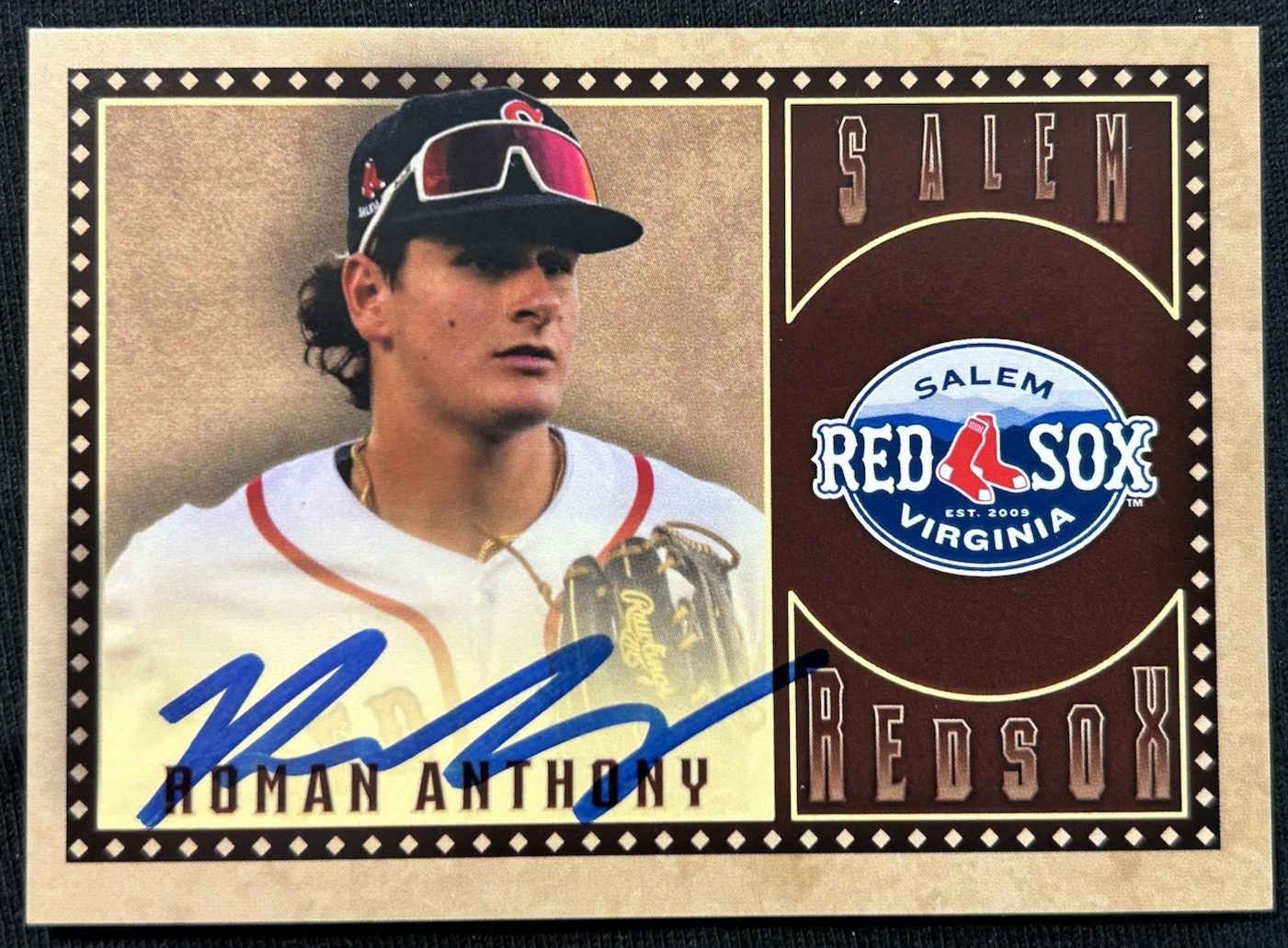

This is a PSA (not that PSA, the other one), about card bricking. Today we will learn how to unstick a brick of sportscards.
If you regularly open decades-old boxes and cards, this may have happened to you if you have opened an old box or pack of cards. After breaking, you may have found that the cards are stuck together.
You try to separate them delicately, and it is far more challenging than expected. Once you succeed in separation, bits of the back remain on the front of the stuck cards covering them with white spots.
When we have a bunch of cards so severely stuck together that we just can’t pry them apart, collectors refer to the resulting lump as a ‘brick’ of cards. Bricking usually results in 4-6 cards sticking together, but in some cases, these clumps include a more significant number of units.

These 1993 Upper Decks sets are prone to bricking (picture taken from eBay).
The problem seems to be particularly common with glossy cards of the 1990s and early 2000s. Keep in mind that most cards of these types will not be bricked up. Even in the sets that have that problem, most cards should be ok. However, purchase these sets with caution. The problem is particularly acute when these sets are unopened.
The most well-known problematic set is the 1993 Upper Deck baseball cards. Packs of these cards are popular because they contain a lovely Derek Jeter rookie card. However, collectors have been frustrated by the damage caused to that card through bricking.
These are some sets that we know are particularly prone to this problem:

If you look carefully at this Topps Stadium card, you can see some damage (picture taken from eBay).
If you look at some of the sportscard forums, you may think that there is no cure for this problem. But this is not true. Every brick is unique, and you may be able to completely separate some without damaging the cards, while others may be literally inseparable.
Once you get past the naysayers, you will find a whole range of helpful and less helpful advice. The methods prescribed focus on the application of extreme temperatures to the brick. However, people can’t decide if card blocks respond better to the heat or the cold.
Some people advise you to microwave your cards, others to freeze them. Another group swears by heating them gradually with a hairdryer.
It is all very confusing, and some of these methods sound quite extreme. So, what actually works?
Before trying anything too extreme, you may want to try something primitive. Slam the cards on a table, using a considerable amount of strength, several times. While this is unlikely to separate all of the cards, it will almost definitely separate some of them. It will also do so with very minimal damage.
When you have reached the point where they are no longer separable by slamming, try the following technique. Grasp the brick gently in two opposite corners and bend the cards slightly. Make sure to avoid creasing them. Repeat this until you hear some cracks, and then slide the cards apart. They should slide off naturally, so do not force them apart until they begin to separate.
You may be wary of putting your cards in the freezer. But as long as you do not leave them in for more than two days or so, the items are unlikely to sustain any damage. Nonetheless, there is a chance that the cards will get slightly damp a few hours after they have thawed. Therefore, keep an eye out for that and wipe off any small amount of moisture they produce quickly.
With that concern off our minds, does it help separate the cards? It does. Retrieve the cards from the freezer and wait two hours before dividing the brick into its component parts.
Freezing is no miracle cure. The cards may still sustain some damage in the unsticking process. But it is likely to be far less damaging than separating them without applying extreme cold.

The freezer method is quite popular.
Place the cards on a towel or another observant surface like toilet paper. Blow-dry them for 15 minutes, paying attention to the cards’ sides, the front, and the back. The application of hot air achieves similar results to the freezer method. However, it has two advantages over it. First, it takes far less time. More importantly, it does not introduce moisture to the cards and is probably better for their long-term appearance and quality.
Right off the bat, this a problematic method. It introduces moisture into the cards and can backfire. However, some collectors swear this is the best method of all.
Put a few cups of water up to boil in a pot. Wait until the water boils and is considerably bubbly. Now use the bending method we described previously. Do so until you hear a cracking noise.
Hold that brick about 5 inches above the water. Let the steam seep into the cracks, but remove them before they get too moist. Move them around a bit, so the steam seeps evenly into the space between the cards. If you have done this but the cards are still stuck, wait a few minutes until the cards are fully dry, and then try again.
Eventually, the cards will come apart with a bit of nudging. Stick your fingertips into the openings that appear and slowly peel the cards apart.
This method works, but once you introduce moisture into cards, they can eventually warp. So use this one as a last result.
First, a dramatic warning. Do not put any cards with metal parts in the microwave. That means you cannot try to unbrick your Topps Stadium Club sets by nuking them.
Please do the following for other cards: place the bricked cards in a microwave and blast them on a high setting for 6 seconds. Remember not to overcook them because they will get completely warped.
The cards should already be separating somewhat when you remove them. Now take a butterknife and use them delicately to separate the cards along the edges. Place the separated cards on a towel and let them sit there for a while.
When dealing with larger brick stacks, you may have to repeat the process until the stacks become progressively smaller.
In most cases, the cards separate cleanly through this method. However, have a moist towel on hand for the few times paint residue transfers from one card to another. Dab the paint-afflicted spots with the towel and then dry off the card. In roughly 50% of the cases, this will remove the stain altogether.

Microwaves aren’t just for burritos anymore, they can also unstick a brick of sports cards.
They say an ounce of prevention is worth a pound of cure. Whoever they are, they nailed it. The best way to deal with bricking is to prevent the problem through proper storage practices.
Obviously, all of the standard rules apply when storing your glossy cards opened or unopened.
Make sure to keep them protected. However, the most important thing to keep track of with the 1990s and early 2000s glossy cards is the temperature and humidity. The ideal temperature is 68 degrees Fahrenheit and a level of humidity of 20%-40%.
It is best to avoid storing them in the house with more extreme temperatures, such as the attic or basement. These are more top-shelf closet type cards.
If possible, store them separately in a binder or holder rather than together in a box. However, even then, if the temperature is off, they can stick to the protective material, so be careful.
Bricking is a severe problem with older glossy cards. We would recommend that you only buy them if the seller can show you they are not stuck together, or the price is very reasonable. If you are intended to break a sealed set, just be aware of the risk that certain sets may brick and price the risk into your purchase price.
If you run into this problem, the best method is probably to nuke them in the microwave. However, all of these methods have attrition, and some cards will not make it out undamaged.
2025 Topps All Star Game Mega Box Product Review
Ripping the new Topps All Star Game mega box.
Is this new sports card store the BEST VALUE around?
I Tested eBay Auction Promotions So You Don’t Have To!
I deep-dove on Fanatics Collect so you don't have to (but should you?)
Panini is launching a WNBA Product at $30,000!?
Topps Chrome 2024-25 Basketball: Honest Review and Notes
Did you know this SECRET about PSA slabs? #sportscard #tcg
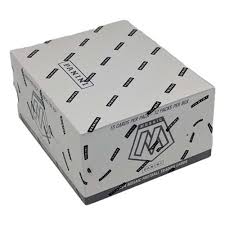

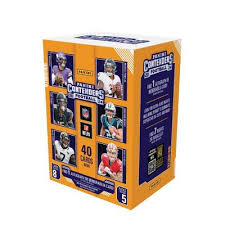
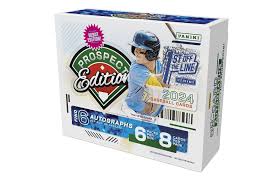
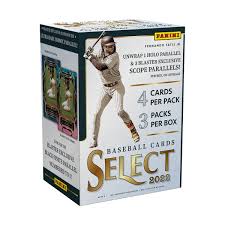
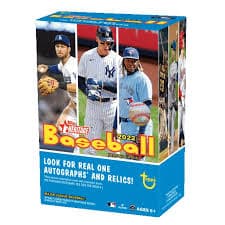
2022 Topps Heritage Baseball Blaster Box Configuration: 7 Packs per Box – 9 Cards per Box. Plus 1 extra pack.
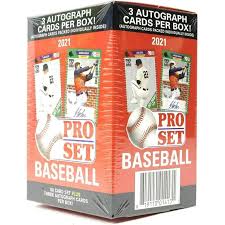
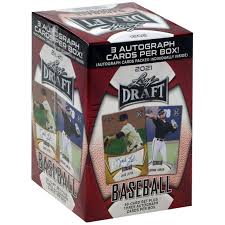
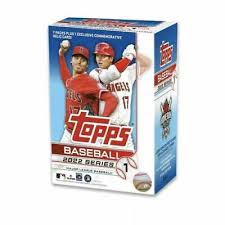
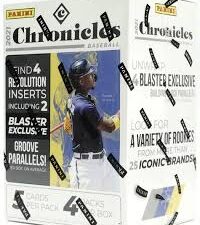
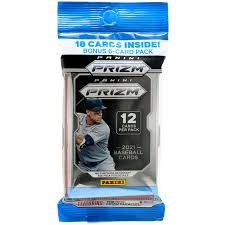
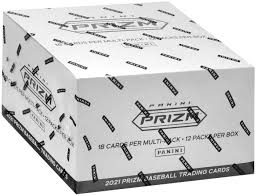

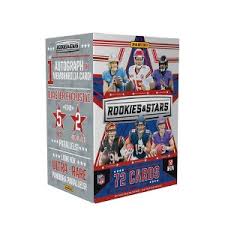
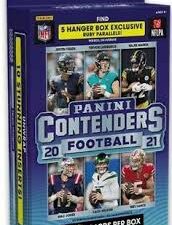
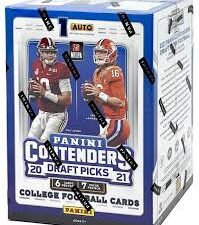
Keep up on breaking Sports Card News, our latest articles, product specials and exclusive content with expert analysis of hobby trends.

© Copyright 2025 - All rights reserved Cardlines.com / Media Techs LLC - Sports Card News, Reviews, Releases and BREAKS - #thehobby.
Important: When you click on links to various merchants on this site and make a purchase, this can result in this site earning a commission. Affiliate programs and affiliations include, but are not limited to, the eBay Partner Network.
The Ultimate 2024 Football Card Brand Tier List (Panini vs. Topps and more!)
Cardlines 5 hours ago